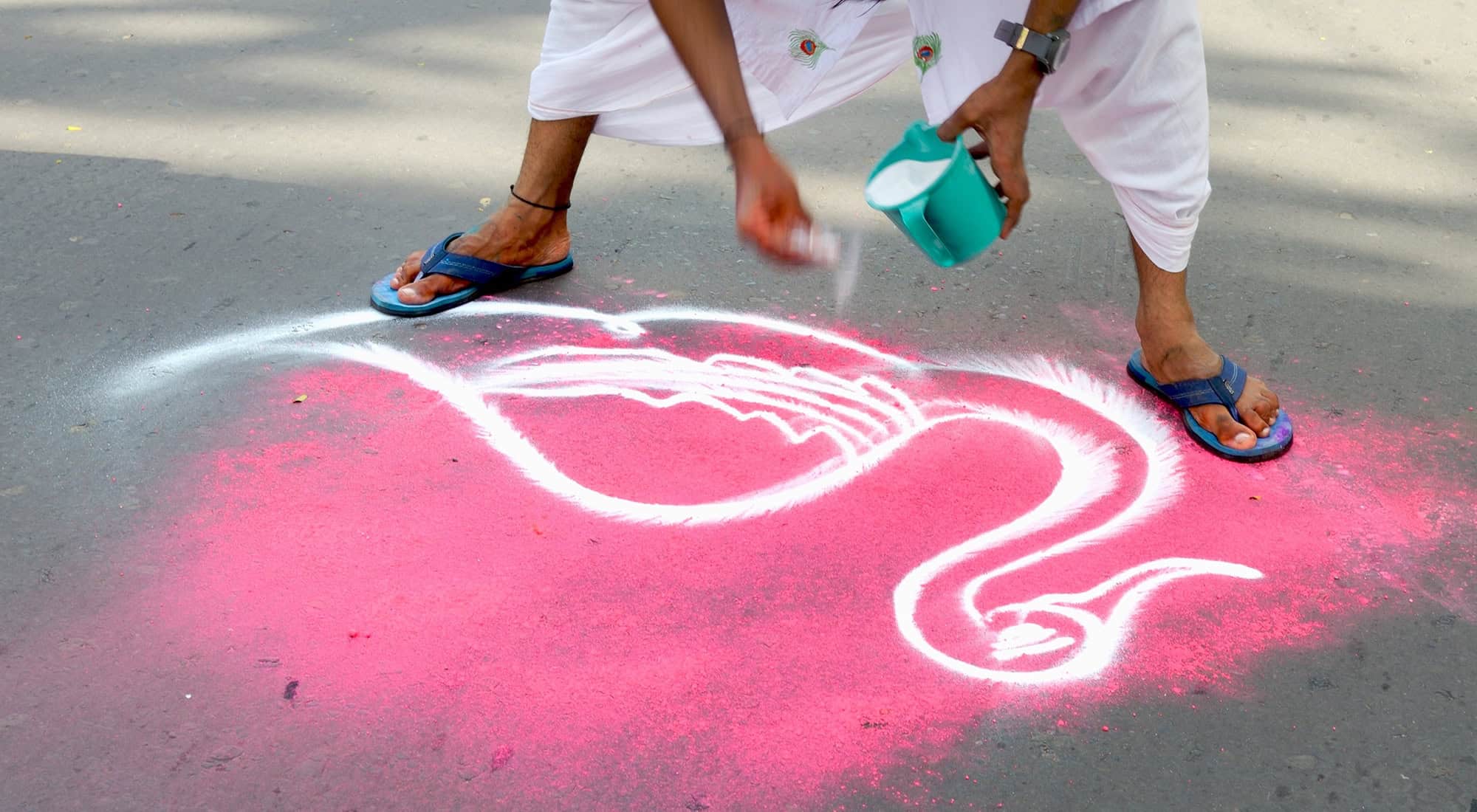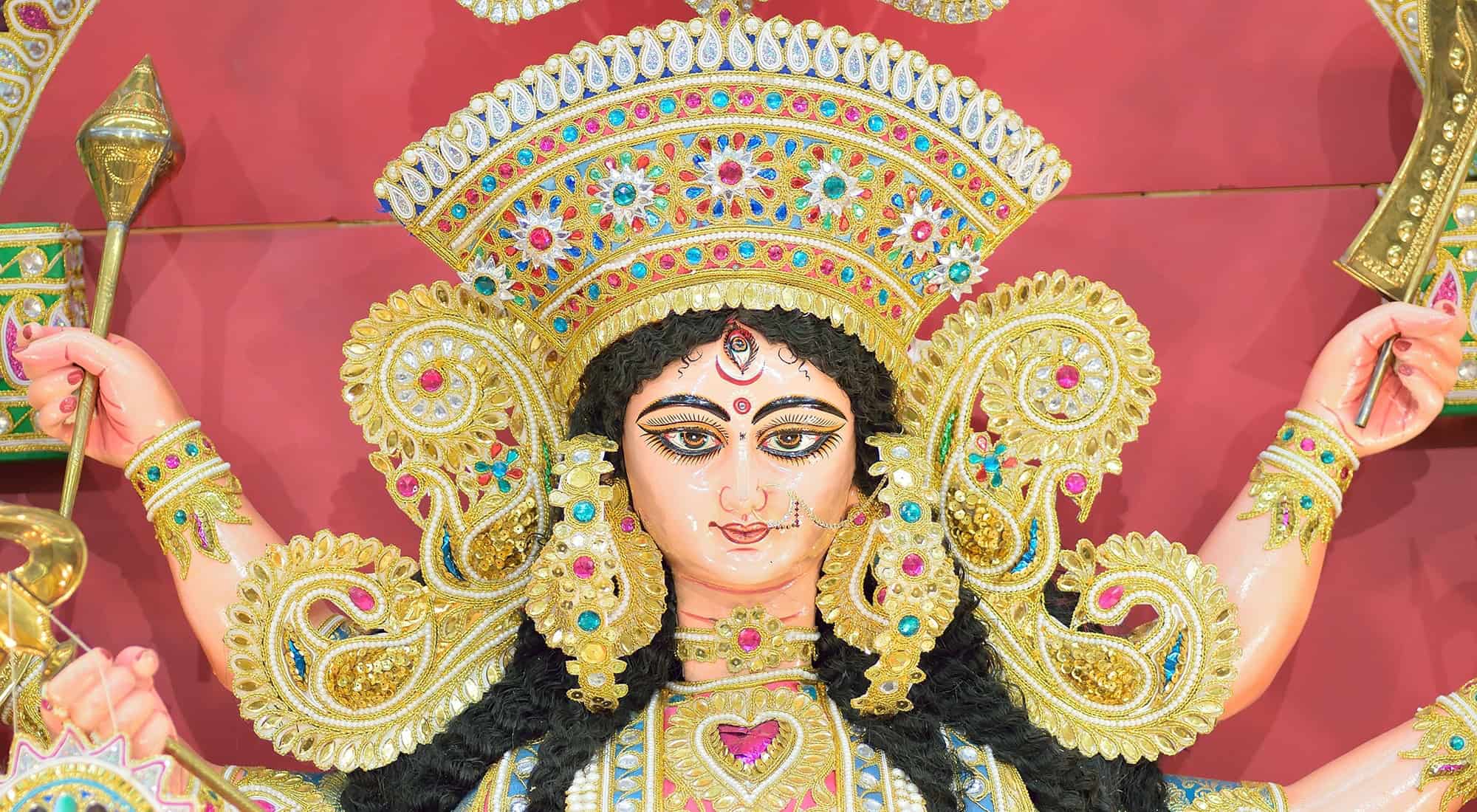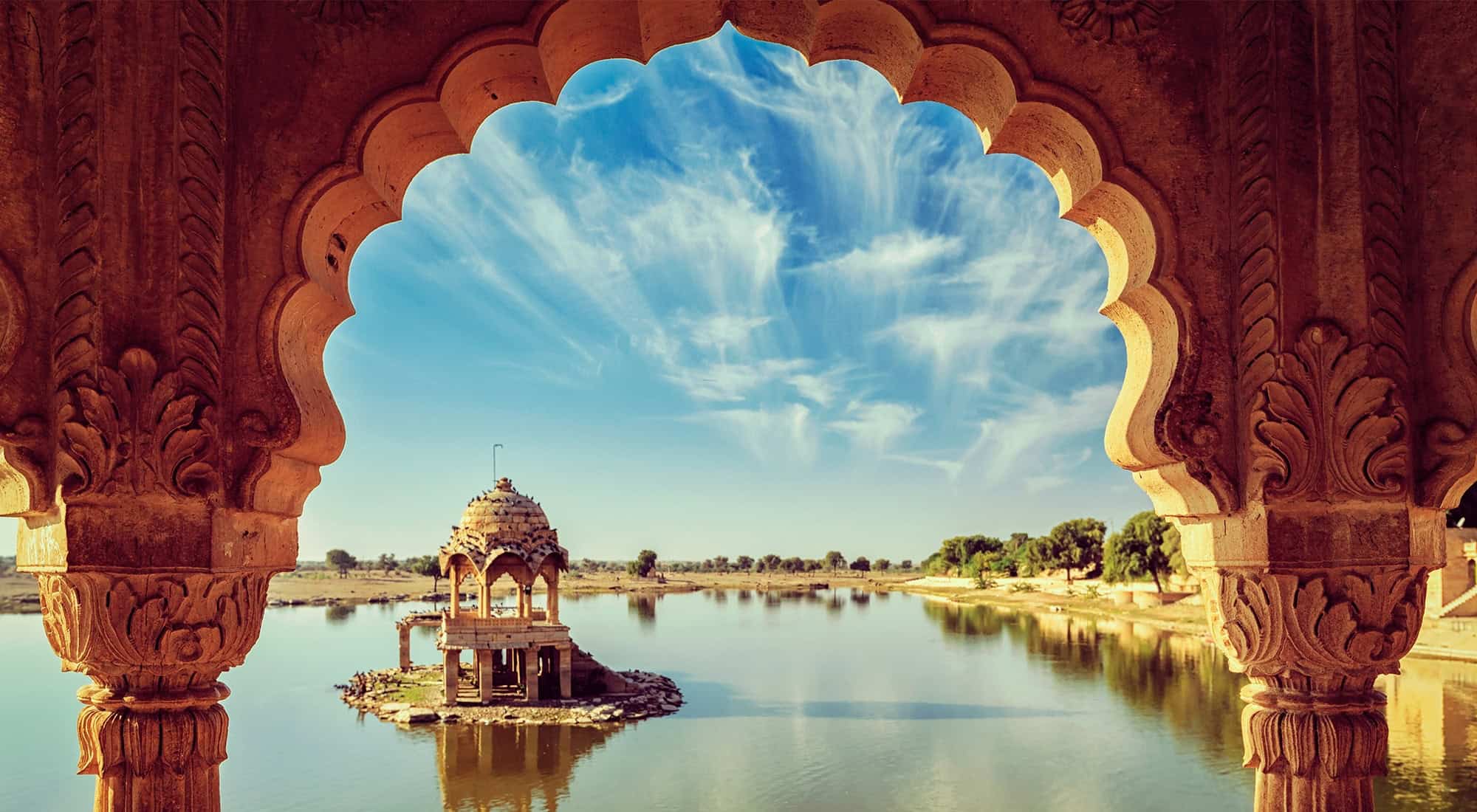Traditionally the only occasion on which non-Hindus and Hindus of low caste can set eyes on one of India’s most beloved deities, Lord Jagannath’s ‘car festival’ brings Puri’s streets to life in an extraordinary frenzy of colour and noise.
The procession is led by Balabhadra’s car (chariot), followed by Subhadra’s with Lord Jagannath’s bringing up the rear, about 4000 people are needed to draw each chariot.
Shaped like a temple sanctuary and brightly decorated, Lord Jagannath’s car is the largest at 13 m tall, with 16 wheels each 2 m in diameter. Loud gongs announce the boarding of the deities onto the chariots with the arrival of the Raja of Puri accompanied by bedecked elephants. With a golden broom and sprinkling holy water, the raja fulfils his role as the ‘sweeper of the gods’, symbolizing that all castes are equal before God. The 3-km journey to Gundicha Ghar, Lord Jagannath’s birthplace, may take as much as 24 hours.
During the week away, the deities are daily dressed in new garments and treated to special podapitha (rice cakes) before they return with a similar procession nine days later. The ceremonies and the fairs attract more than 500,000 devotees to Puri each year. In the past some were said to have thrown themselves under the massive wheels to die a blessed death. Certainly accidental deaths often happened – Westerners who first saw the spectacle in the 18th century mistook such instances for human sacrifices. Fortunately, stricter security these days means that fewer devotees are crushed to death beneath the heavy wheels. After the festival, the raths are broken up and bits are sold to pilgrims as relics.










